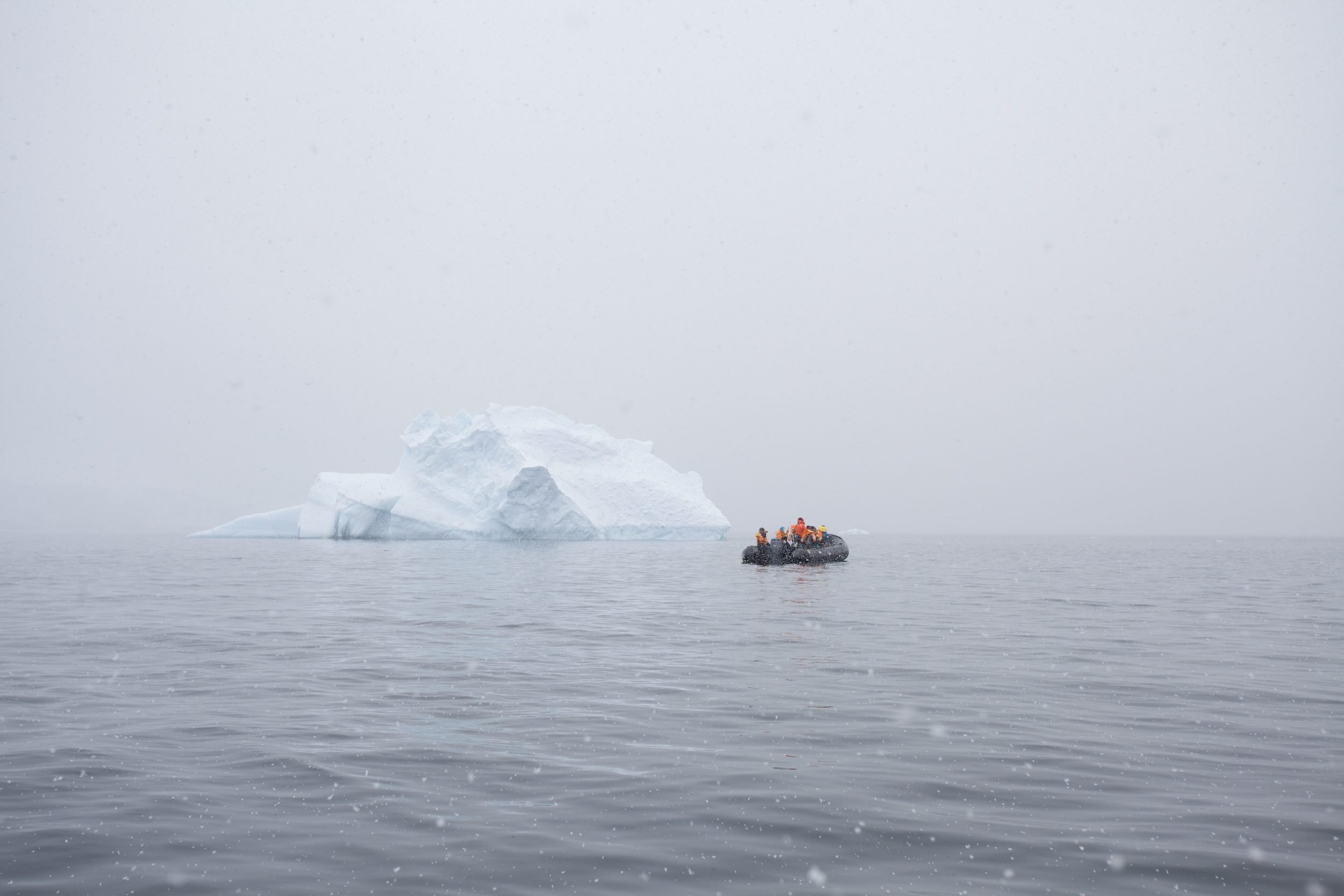An update from researcher Katelyn O’Keefe
Working in the Canadian Arctic requires researchers to be flexible and expect logistical difficulties and inclement weather. Research changes brought on by a global pandemic, however, could not be anticipated. How would I conduct my master’s research when my field site was no longer accessible? This short post will summarize how my master’s research has pivoted (and blossomed!) throughout 2020 and 2021.
I want to acknowledge that as a master’s student, I was lucky to visit my remote field site, on Qikiqtaruk (Herschel Island), before the commencement of my program. Fortunately, due to early fieldwork and great partnerships, I had data to fall back on when my original fieldwork was postponed due to travel restrictions. The preliminary fieldwork that I was involved in took place in July of 2019. Alongside my academic supervisor and a Yukon Government archaeologist, I helped complete laser scans of several historic buildings, and we collected UAV (i.e., drone) imagery of Pauline Cove. Additionally, we revisited two at-risk Inuvialuit sod houses on the beach. The following year, we had planned for me to excavate these sod houses.
In 2020, it became clear that fieldwork would not be feasible due to the onset of the COVID-19 pandemic. The excavation was postponed to 2021, and, in the meantime, I shifted my attention to processing and using our UAV data. Unfortunately, ongoing travel restrictions and uncertainty led to the cancellation of fieldwork in 2021. As a result, my research focus had to pivot dramatically, shifting to the exclusive use of the UAV data. Thankfully I had access to another dataset from 2017, gathered by another research group who generously offered to share with me.
Using the two datasets and computer software, I detected environmental and human-induced change in proximity to the heritage features at Pauline Cove. When comparing the datasets, there was more standing water, more vegetation growth, more prominent pathways between buildings, and more coastal erosion in 2019 than in 2017.
The procedures I have developed in my research can be used towards the implementation of a monitoring program at Pauline Cove. It turns out that responding to ever-changing circumstances has resulted in my growth as a researcher and yielded fascinating research results. Overall, the success of my research can be attributed to adaptability, academic “crowd sharing,” strong partnerships, and innovative technology.
I hope to return to Qikiqtaruk post-graduation to excavate or conduct further UAV data collection. After two years of minimal human disturbance at Pauline Cove, the researcher in me wonders – how much has changed?



